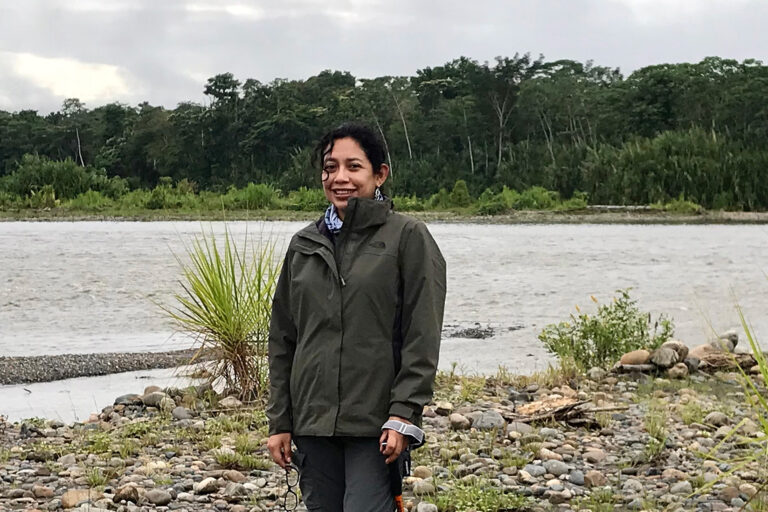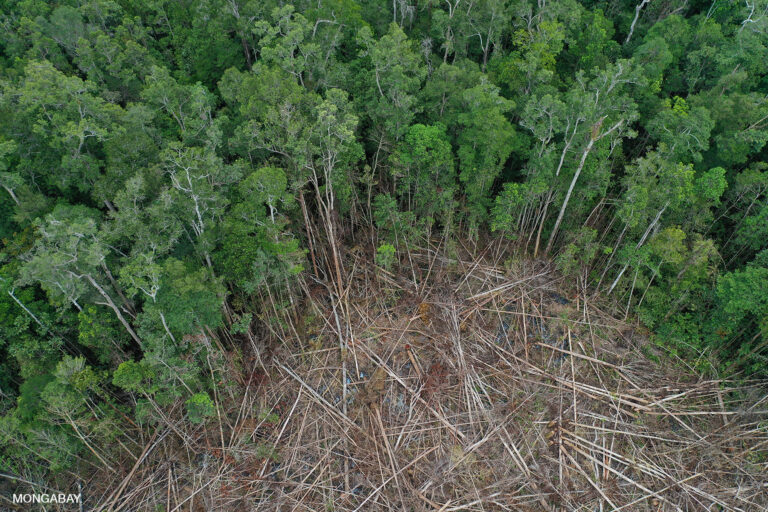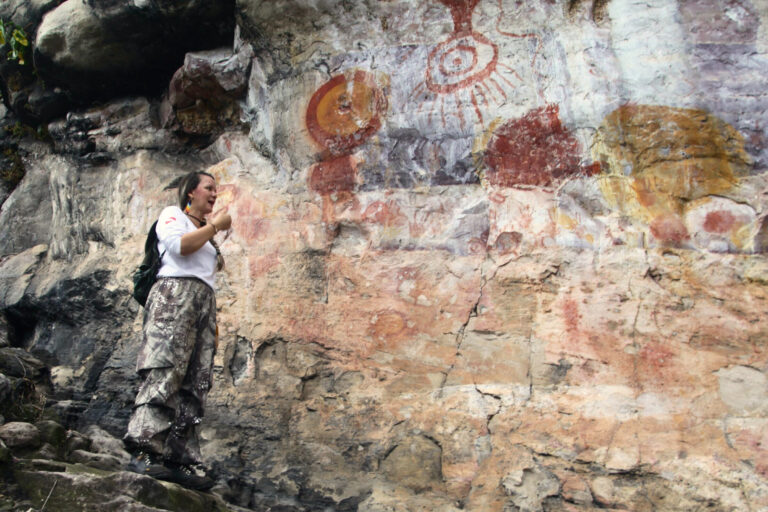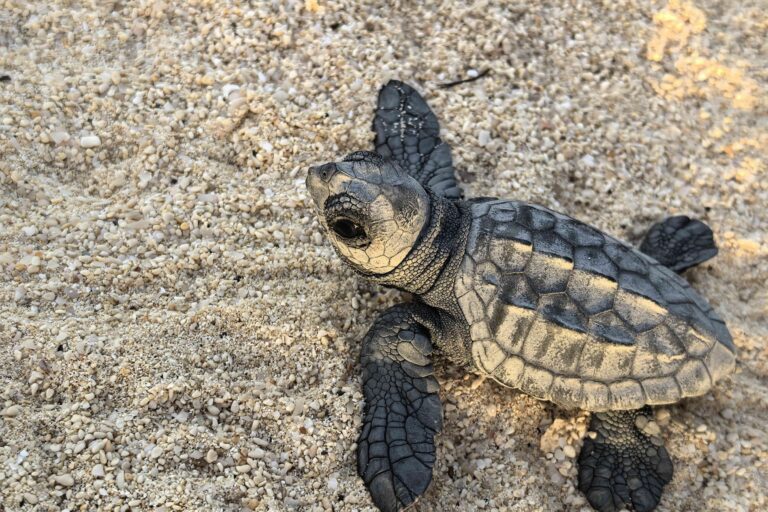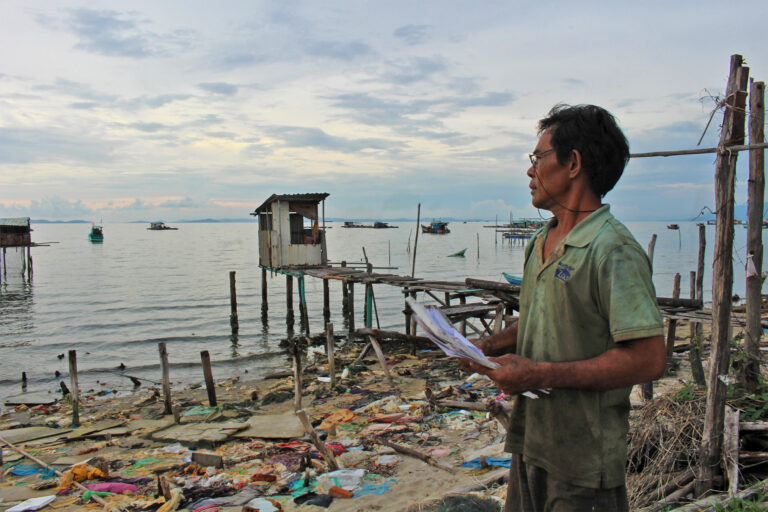- A planned $5.9 billion copper and gold mine in the southern Philippines has faced opposition since reserves were first confirmed in the 1990s, with more than two dozen people killed since then in conflicts relating to the project.
- Most affected by the conflict are the Indigenous Blaan; the planned mine project stretches across the ancestral lands of five tribal councils, and will require the eviction of around 5,000 people
- For decades, clans and even families have been split over their opposition or support for the mining company, which has promised to support education, health, livelihood and development projects in affected communities.
- With the national government in Manila pushing pro-mining policies to jump-start the pandemic-hit economy, and as pressure mounts within families and communities, some of the mine’s staunchest opponents are reconsidering their stance.
TAMPAKAN, Philippines — For nearly a decade, Nora Sukal was the public face of Indigenous opposition to the Tampakan project, a planned gold and copper mine on Blaan tribal land in Mindanao in the southern Philippines.
“The proposed copper and gold open-pit mining project within our ancestral domains poses serious risks to our survival as a tribe,” Sukal said in an oral statement at the 32nd U.N. Human Rights Council in June 2016. “The appointment of individuals who are not legitimate to represent our community caused conflicts and divides us. The disparity among us tribes resulted in disunity which slowly destroys our culture of oneness.”
Sukal, who is among the leaders in the ancestral domain straddled by the S’bangken Tribal Council, said that the mine, operated by Sagittarius Mines, Inc. (SMI), and touted as the largest undeveloped copper and gold reserve in Southeast Asia, would have dire impacts on her tribe. Around 5,000 people would have to be relocated to make way for the $5.9 billion project, which, she said, would keep the Blaan away from the forest — their source of food when they are hungry, or medicine when they are sick, and their spiritual ground to commune or praise their gods.
In early February, however, when Mongabay visited Sukal in her clan’s ancestral domain in the hamlet of Datal Mangisi, she dropped a bombshell.
“I now declare I am pro-mining. I will support the operations of SMI,” Sukal said in the vernacular.
“Most of my relatives have been supporting the mining venture and I saw their happiness every time they received financial help from the company, including scholarships to the youth, even if the firm has yet to begin the actual extraction of the minerals,” she said.
Sukal estimates that about 90% of land in her community’s ancestral domain has been leased by the landowners to SMI. This includes land belonging to the relative in whose home Mongabay met her. He had agreed to lease his land to the mining company for 25 years for a total of 160,000 pesos (about $3,100), and was waiting for extraction to begin to collect the next tranche of his lease payment.
“I could no longer stomach to be thorn in the bid of my fellow tribal members to gain windfall from the mining project,” Sukal said. “If I continue my anti-mining campaign, the lease money still due to my siblings and other fellow tribal members might be withheld.”
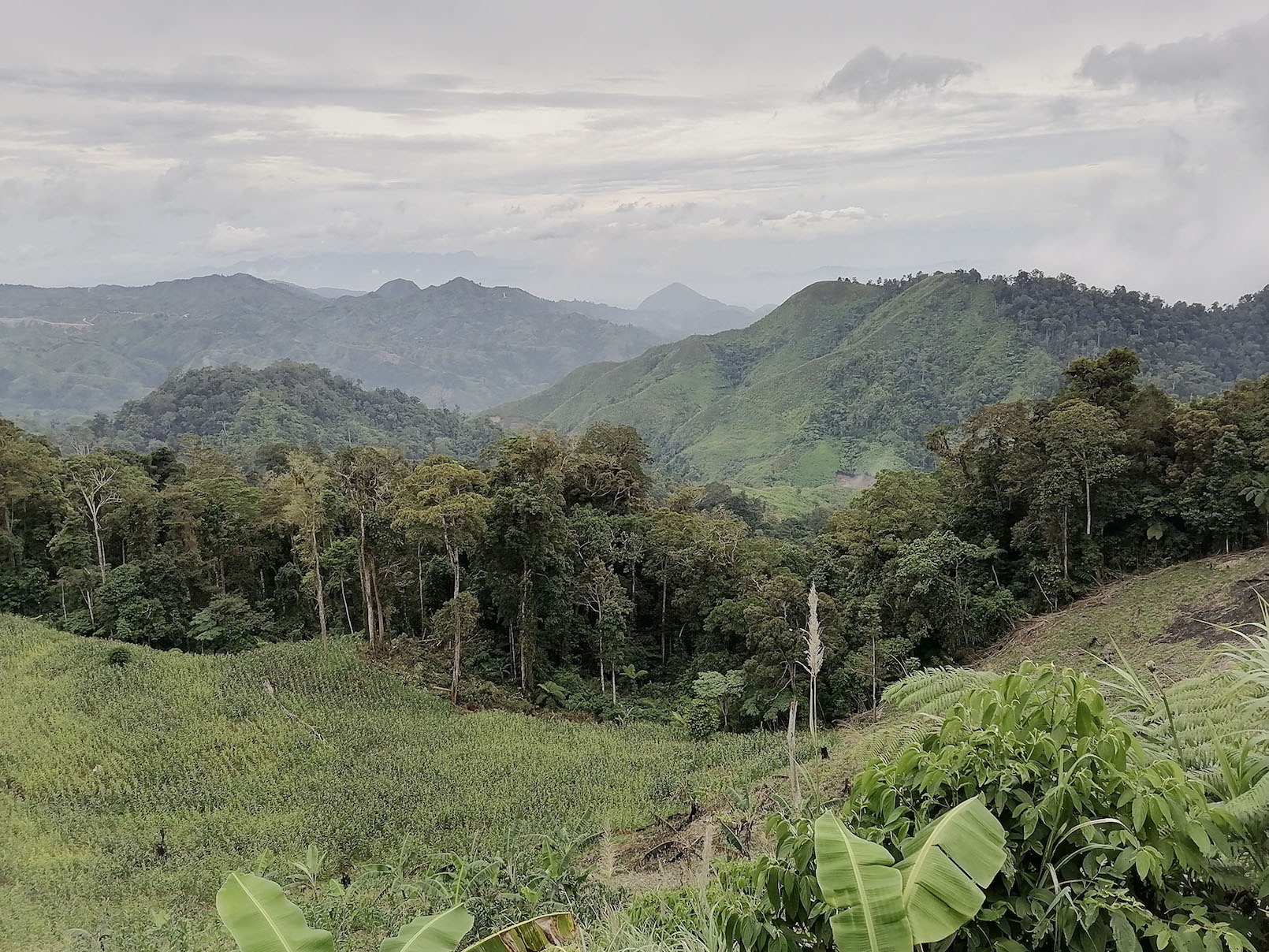
Winds of change
Sukal is not the only anti-mining voice to sing a different tune. After decades of conflict that has fractured families and clans and led to the deaths of at least two dozen people, the Tampakan mine now seems closer than ever to reaching commercial production, thanks to fatigue at the local level and a pro-mining shift in Manila.
In 1994, mineral reserves were first confirmed in the area, which lies in the ancestral domain of the Blaan, a hill people who are known for their hunting skills and who consider the forests sacred places. In 1995, mining rights were granted to Australian firm Western Mining Corp., which in turn sold the rights to Sagittarius Mines, Inc. in 2001.
Since its inception, the mining project faced stiff opposition from the Blaan and the local Catholic Church due to concerns about the environment and displacement of tribal communities. Farmers and irrigators in the area have also expressed fears they could lose their livelihoods if the water supply is reduced or contaminated as a result of the mine.
The Tampakan project’s proposed final mine area (FMA) is about 10,000 hectares (nearly 25,000 acres), of which about 6,000 hectares (nearly 15,000 acres) are already disturbed due to logging, agriculture and kaingin (slash-and-burn) farming. According to the firm’s original plan, about 4,000 hectares (nearly 10,000 acres) of the concession area will be disturbed by the mine, of which approximately 1,300 hectares (3,200 acres) is forested.
The first blood was shed over the mine even before the project was formally launched. In July 2002, tribal clan leader Gurilmin Malid, 38, and his minor companion died on the spot after they were reportedly ambushed within the mine’s development site. The military later claimed the victims, who were lay volunteers, were bandits killed in a legitimate military operation. Catholic religious leaders hailed Malid as “a brave tribal leader” defending his land from the threats of mining.
Since then, at least two dozen individuals have been killed within the Tampakan mining tenement, including several security personnel hired by the firm, and Indigenous children killed in actions described as “legitimate military operations.”
The area around the mine is awash with firearms. The Blaan traditionally carry bladed weapons, but in the mid-2000s began arming themselves with high-powered firearms such as M-14 military rifles to fight the company’s presence within their ancestral lands, fearing the destruction of their sacred forests and their dislocation from their communities.
Compounding the security situation is the presence in the area of the New People’s Army, the armed wing of the Communist Party of the Philippines, which is classified as a terrorist group by the Philippine and United States government. On New Year’s Day 2008, about 40 of its heavily armed fighters stormed and burned SMI’s base camp on the outskirts of the town of Tampakan.
Since the Tampakan project was officially launched in January 2003, various units of the Philippine military have been deployed as counterinsurgency forces to the area, which is also guarded by an armed paramilitary detachment established partly to protect private investments in the area, and security contractors hired by SMI.
Meanwhile, as SMI is still unable to begin extracting ore, illegal miners — also reportedly armed and dangerous— are beating the company to the gold deposits using the highly destructive sluice mining method, which involves dislodging ore-bearing rocks with high-pressure water jets and using mercury to separate out the gold.
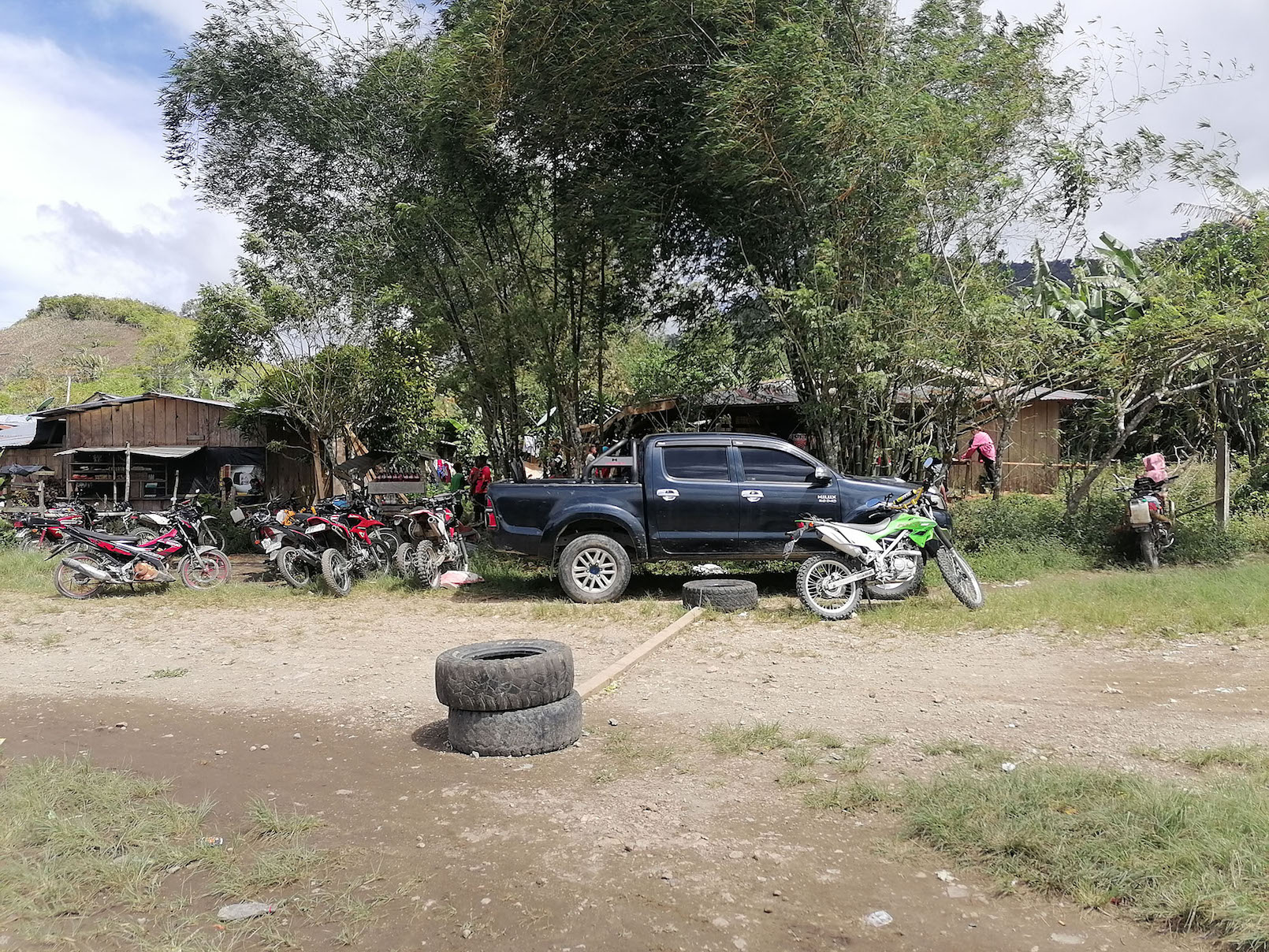
Internal divisions
While the mine has faced dissent from the beginning, it also has supporters among tribal communities. Even prior to beginning extraction, SMI has provided 3 million pesos (nearly $59,000) annually to each of five tribal councils for scholarships, health, livelihood and development initiatives in their communities.
After Gurilmin Malid was killed in July 2002, he was succeeded as tribal chieftain by his brother Juanito, now living in the hamlet of Salnaong in Columbio, a town contiguous with Tampakan and within the mining tenement area.
Seven months after SMI officially launched the project, and 14 months after Gurilmin was killed, Juanito changed the clan’s stance from anti- to pro-mining, allowing the firm to conduct unhampered exploration activities on their ancestral land in exchange for development projects in their tribal community.
Yet even for communities that have supported the project, things haven’t always run smoothly.
Mongabay spoke with Juanito on Feb. 6 in his community, a hamlet with treacherous rocky roads accessible by motorcycle, where he indicated his disappointment with the company for what he called broken promises.
“There were many promises from the company that were not fulfilled, including assistance for the construction of our housing and tribal hall, health center with doctor and others to uplift our lives,” he said in the still visibly impoverished community.
Juanito, who was recently replaced as the Salnaong tribal council chieftain after almost 20 years by another sibling, said some of the responsibility lies with the tribal council. He said the council struggles to handle paperwork and failed to follow up with the company about its promises.
Elsewhere in the Tampakan mining tenement, poverty among the tribal residents remains prevalent despite the presence of SMI, which says it has contributed billions of pesos in taxes and other economic activities in the two decades since launching the project.
During a provincial legislative hearing in December 2021, SMI representative Roy Antonio said the company now plans to reduce impact by mining in phases rather than in “one big mining scoop,” and will “employ responsible mining practices.”
So far, Antonio said, the company has invested 32 billion pesos ($626 million) and paid 2.6 billion pesos ($50.9 million) in taxes to the government. In the first 10 years after operations begin, during which time the company plans to build support infrastructure and start extraction, it projects paying 76.6 billion pesos ($1.5 billion) in taxes to the national government and 4.8 billion pesos ($93.9 million) to local governments. During this period, Indigenous peoples stand to receive 6.6 billion pesos ($129.2 million) in mining royalties, equivalent to 1% of gross company earnings, Antonio added.
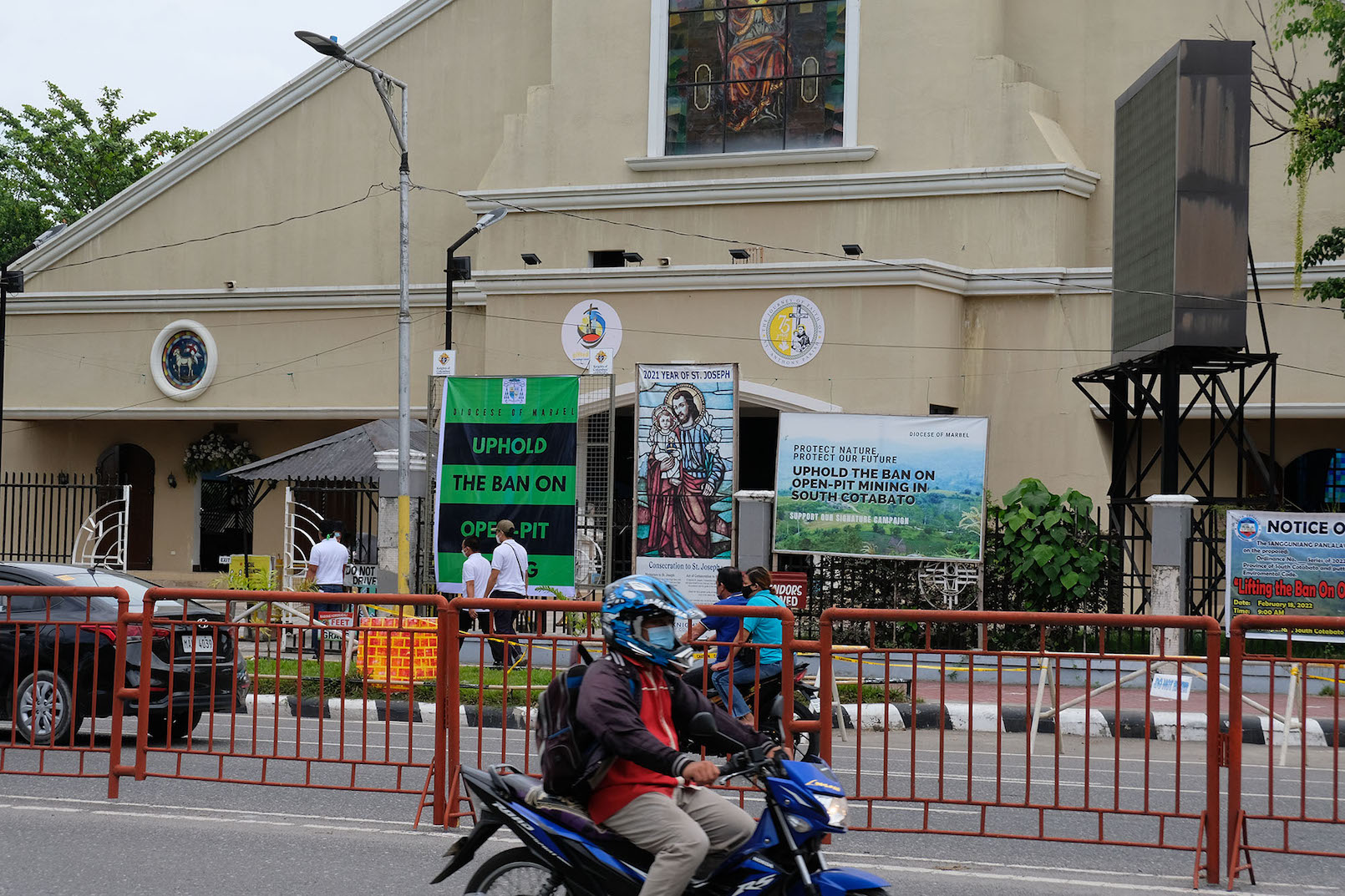
Continuing opposition
Opposition to the project remains strong, spearheaded by the local Catholic Church, and strongly supported by environmental and civic groups as well as some tribal members.
A Church-led signature campaign launched in August 2021 has gathered more than 93,000 signatures in support of maintaining a ban on open-pit mining in South Cotobato province, where Tampakan is located. During a Feb. 24 public hearing on the ban in the provincial capital of Koronadal City, the crowd of 3,300 attendees was overwhelmingly composed of people calling to retain the prohibition on open-pit mining.
The Tampakan project has also, until recently, faced setbacks at the national level. In 2017, Gina Lopez, the environment secretary at the time, imposed a nationwide ban on open-pit mining. Lopez also canceled environmental compliance certificates (ECC), which are required for environmentally sensitive projects to progress to commercial operations, for SMI and several other companies. Lopez was replaced as environment secretary in May 2017; she died of cancer-related complications in 2019.
Philippine President Rodrigo Duterte, who appointed and later dismissed Lopez, backed her anti-mining stance until April 2021, when he signed an order lifting the moratorium on new mining agreements to spur economic growth in the country. He justified the move as being in line with the national government’s response to recover from the debilitating economic impact of the COVID-19 pandemic.
At the local level, despite the rift brought by the Tampakan project, the five tribal councils within the tenement area have asked concerned government agencies to allow the mining project to move forward.
In October 2020, the Tampakan project was granted what’s known as certification precondition by the National Commission on Indigenous Peoples. This certifies that the Indigenous cultural communities have given their consent to the mining venture within their ancestral domain, and that the company has complied satisfactorily with the process of free, prior and informed consent (FPIC). Anti-mining advocates denounced this development, saying the process failed to achieve wide multi-stakeholder consultation.
The mine project cleared another obstacle in December 2021, when Environment Secretary Roy Cimatu, who succeeded Lopez, lifted his predecessor’s four-year-old ban on open-pit mining of copper, gold, silver and complex ores.

Not all smooth sailing
Another tribal leader, however, is watching with guarded caution the developments in the Tampakan mining tenement.
Daguil Capion, based in the Bong Mal community, said any misstep by the company could revive the tempest that brewed in the past in the restive mineral-rich mountains. But Capion’s own position now toward SMI is hard to define — not least because he got legal assistance from the company in a case he faced years ago.
Capion led a band of armed tribesmen that fought the mining firm more than a decade ago, and claimed responsibility for the 2010 killing of three workers employed by a road contractor for SMI. In 2012, while Capion was in hiding, security forces who were looking for him killed his wife and two of his sons. Capion’s brother was also killed during an encounter with government troops in 2013.
Capion — who, reflecting the complexities of clan politics, is related to Dot Capion, a tribal chieftain who is a staunch supporter of the Tampakan project — was finally arrested in 2015. But the multiple cases of murder and attempted murder filed against him and several others were dismissed the following year due to insufficient evidence, releasing him from jail.
SMI has been conducting land and crop surveys since last year in Bong Mal, Capion’s community, which is now showing signs of progress — more houses built of light materials, mom-and-pop stores, internet access, electrical appliances running off the newly installed lines, and a barber shop — although in general the population remains in poverty.
In contrast to Sukal’s community, where about 90% of the land has reportedly been leased to the mining company, Capion said that in Bong Mal, “only 10% has been rented to the firm so far,” with at least 200 hectares (494 acres), according to him, under negotiation between the landowners and the company.
Capion said the tribal members in his community don’t want open-pit mining in their ancestral area, but that Environment Secretary Cimatu’s lifting of the ban has put them in a bind.
As a leader of his tribal community, Capion said he still doesn’t support SMI. He added he is keenly observing the developments and still considers himself an ally of the local Catholic Church, which from the start fought the Tampakan project, and which has vowed to continue its opposition to open-pit mining.
“Our armed resistance against the mining company might happen again if the tribe is badly treated,” Capion told Mongabay, adding that “such will happen if dialogs will not work.”

Banner image: In January 2020, a resident maneuvers a motorbike along a dirt road near the Tampakan project area, by Bong S. Sarmiento.
FEEDBACK: Use this form to send a message to the author of this post. If you want to post a public comment, you can do that at the bottom of the page.







